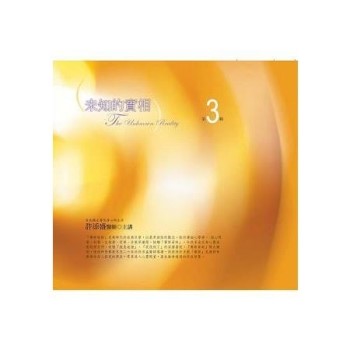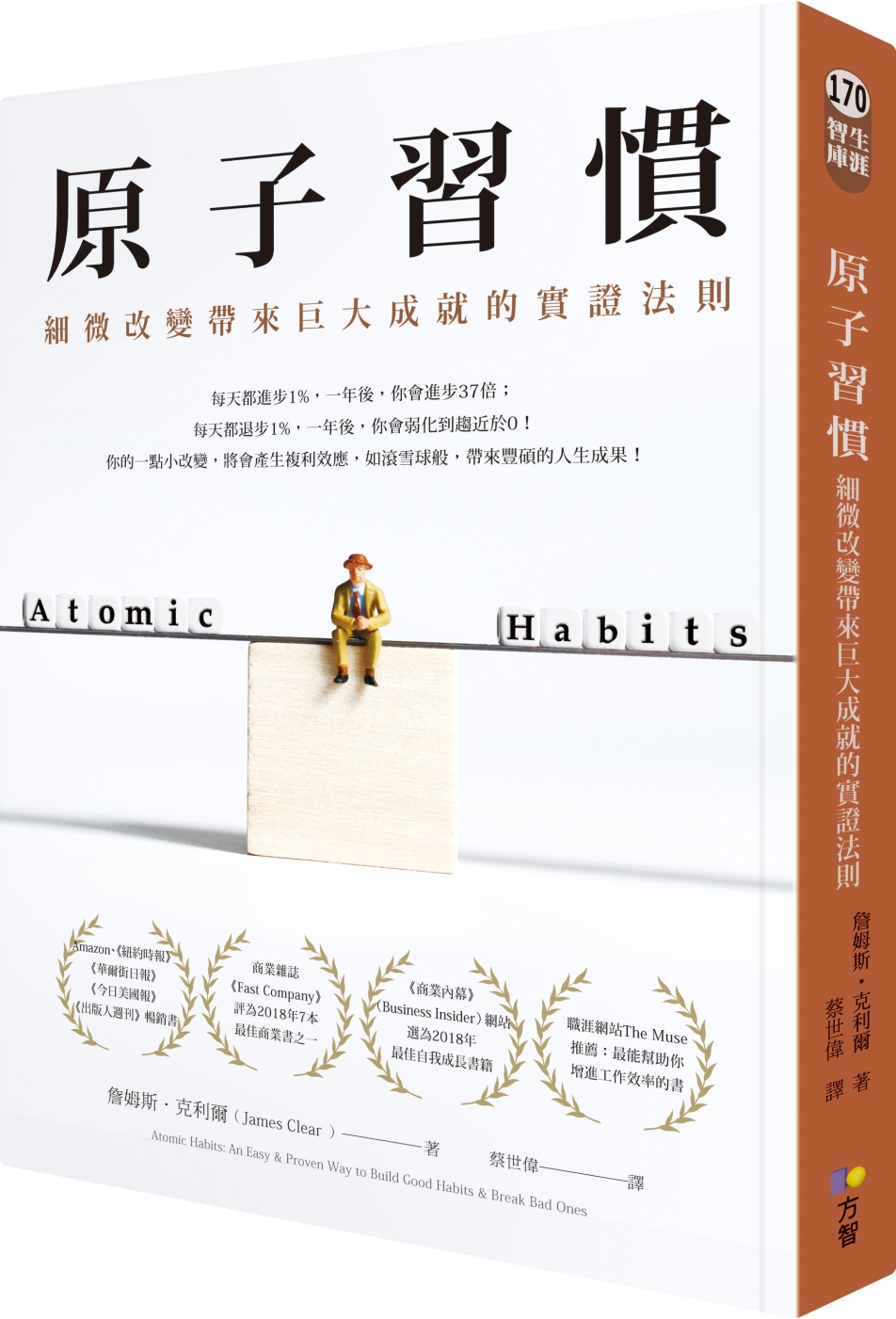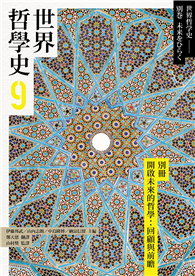Renaissance sculptor Pietro Torrigiano has long held a place in the public imagination as the man who broke Michelangelo’s nose. Indeed, he is known more for that story than for his impressive prowess as an artist. This engagingly written and deeply researched study by Felipe Pereda, a leading expert in the field, teases apart legend and history and reconstructs Torrigiano’s work as an artist.
Torrigiano was, in fact, one of the most fascinating characters of the sixteenth century. After fighting in the Italian wars under Cesare Borgia, the Florentine artist traveled across four countries, working for such patrons as Margaret of Austria in the Netherlands and the Tudors in England. Toriggiano later went to Spain, where he died in prison, accused of heresy by the Inquisition for breaking a sculpture of the Virgin and Child that he had made with his own hands. In the course of his travels, Torrigiano played a crucial role in the dissemination of the style and the techniques that he learned in Florence, and he interacted with local artisanal traditions and craftsmen, developing a singular terracotta modeling technique that is both a response to the authority of Michelangelo and a unique testimony to artists’ mobility in the period.
As Pereda shows, Torrigiano’s life and work constitute an ideal example to rethink the geography of Renaissance art, challenging us to reconsider the model that still sees the Renaissance as expanding from an Italian center into the western periphery.












